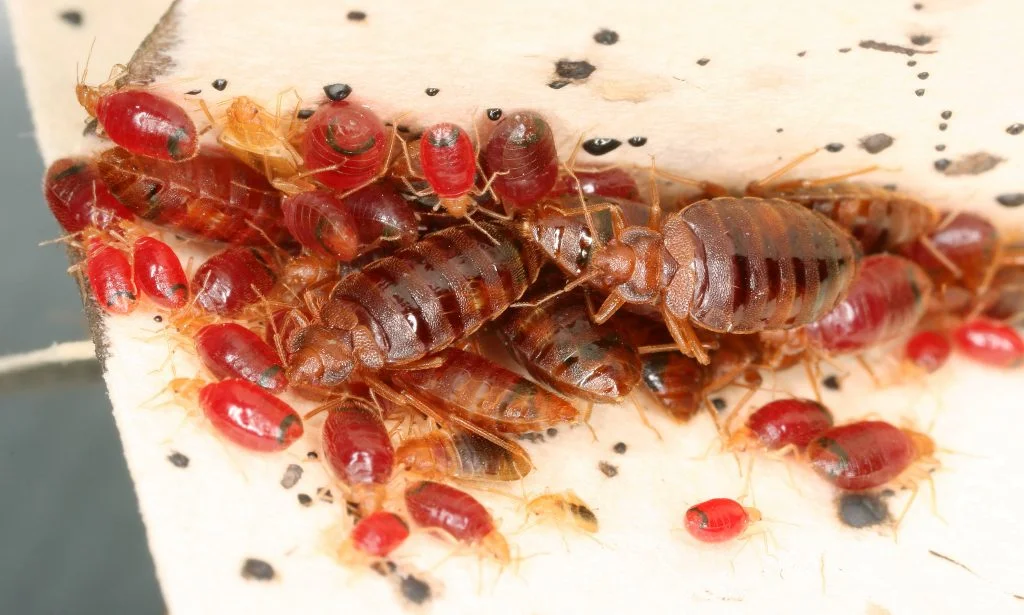
Bed Bug Resistance to Pesticides: A New Gene Mutation Discovered
The common bed bug, a notorious household pest, is proving increasingly difficult to eradicate. Researchers have discovered a gene mutation that appears to give these insects a significant advantage: resistance to common pesticides.
Once largely controlled by powerful insecticides like DDT after World War II, bed bug populations have rebounded globally in recent decades. Alarmingly, some are now surviving exposure to even the strongest chemical treatments. A study led by entomologists at Virginia Polytechnic Institute and State University has shed light on this troubling trend, identifying a specific genetic mutation that may be the key to their newfound resilience.
The research, detailed in the Journal of Medical Entomology and Journal of Heredity, involved collecting bed bug samples from 134 unique populations across 22 US states and 4 Canadian provinces between 2008 and 2022. What they found was a specific A302S Rdl gene mutation. A point mutation that causes an amino acid substitution in chemical pathways associated with the nervous system
"When we went back and screened multiple individuals from the two populations, every one of them had the mutations," said entomologist Warren Booth. "They were fixed for these mutations, and it's the same mutation that we find in German cockroaches."
This Rdl gene mutation is already known in cockroaches and other insects to confer resistance to dieldrin, an insecticide widely used in the mid-20th century. The concern is that dieldrin shares similarities with fipronil, a modern insecticide used in flea and roach control. The findings suggest that bed bugs with the Rdl mutation may also be resistant to fipronil, even though it's not typically used directly against them.
Booth suspects that the use of fipronil flea treatments on pets may inadvertently expose bed bugs to the insecticide, leading to selection for the resistant mutation within populations. It remains unclear whether this mutation is a recent development or has been present for some time.
The next step is to cast a wider net and look for those mutations in different regions of the world as well as different time periods in museum specimens, because bed bugs have been around for over a million years.
In November 2024, the Booth lab was the first to successfully sequence the entire common bed bug genome.
“Now that we have that, we can go to these museum specimens.” said Booth

The implications of this research are significant for pest control strategies. Understanding the genetic mechanisms behind insecticide resistance is crucial for developing more effective and sustainable methods of managing bed bug infestations. Now armed with the bed bug genome, researchers look to expand their understanding of bed bug evolution and resistance.
What new strategies can the pest control industry develop to counter increasingly resistant bed bug populations? Share your thoughts and experiences in the comments below.